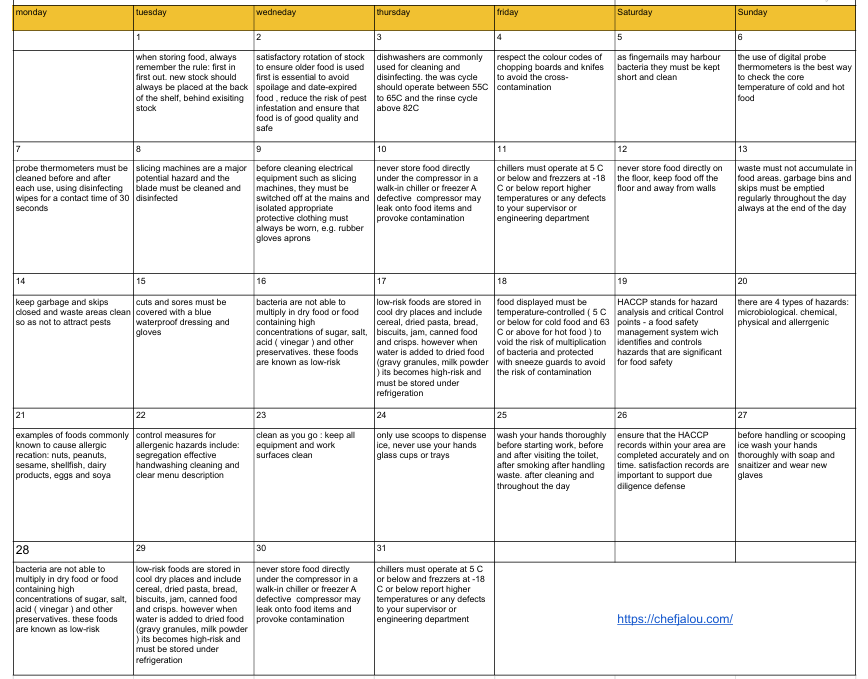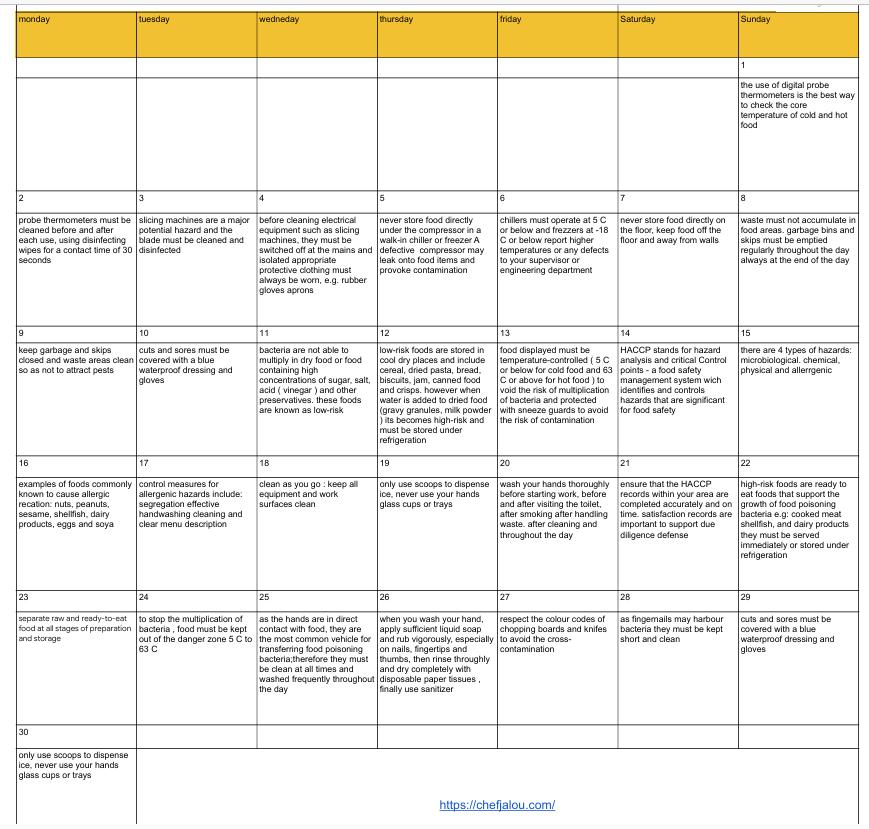🍳 Kitchen Roots: What You’ll Learn and How
Welcome to the heart of culinary mastery! This section builds your essential kitchen skills and knowledge, guiding you step-by-step to become a confident chef.
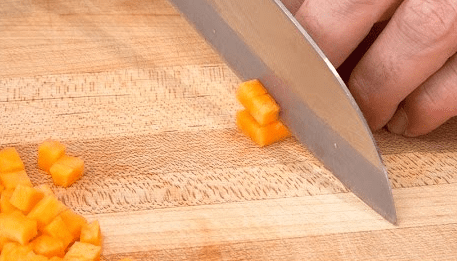
🔪 ✅ Basic Kitchen Skills
What It Is:
Basic kitchen skills are the essential techniques and knowledge every chef needs to work effectively and safely in the kitchen. This includes knife skills, food prep, kitchen tools, and workstation setup.
Step 1: Knife Handling & Cutting Techniques
What: Learn how to hold and use different knives safely.
How: Practice slicing, dicing, chopping, julienne, and chiffonade.
Grow: Improve speed and precision without compromising safety.
Step 2: Understanding Kitchen Tools & Equipment
What: Get familiar with common tools and appliances.
How: Use manuals, tutorials, and hands-on practice.
Grow: Learn maintenance and cleaning for safety and longevity.
Step 3: Food Preparation & Mise en Place
What: Prepare ingredients in advance, organized and ready to cook.
How: Practice prepping veggies, meats, sauces, and stocks methodically.
Grow: Develop organization to manage time better and keep your station clean.
Step 4: Workstation Setup & Hygiene
What: Set up your kitchen ergonomically and keep it clean.
How: Learn sanitizing techniques and arrange tools for efficiency.
Grow: Follow strict hygiene standards to protect food safety.
Step 5: Time Management & Multitasking
What: Manage prepping, cooking, and plating in a busy kitchen.
How: Start simple, gradually increase task complexity and priority.
Grow: Develop speed and adaptability without sacrificing quality.
Why It Matters:
Mastering basic kitchen skills boosts confidence, speed, and precision — the foundation for all culinary growth.
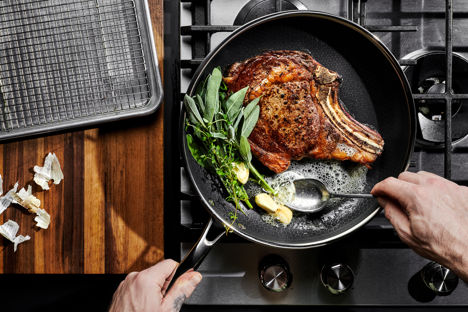
🍳 ✅ Essential Cooking Methods
What It Is:
Fundamental techniques like sautéing, roasting, grilling, boiling, and steaming that transform ingredients into dishes.
Step 1: Learn Each Cooking Method
What: Understand how each method affects food texture and flavor.
How: Watch demos, follow recipes, and try simple dishes.
Grow: Control temperature and timing for perfect results.
Step 2: Choose the Right Method for Ingredients
What: Match foods to suitable cooking methods.
How: Study ingredient properties and experiment.
Grow: Build intuition for combining techniques.
Step 3: Master Heat Control
What: Manage heat levels to affect taste and doneness.
How: Adjust stove and oven carefully, observe closely.
Grow: Learn to fine-tune heat based on food and equipment.
Step 4: Combine Techniques Creatively
What: Use multiple methods (e.g., sear then roast).
How: Experiment with layering cooking steps.
Grow: Innovate confidently in the kitchen.
Why It Matters:
Mastering cooking methods lets you create consistent, delicious dishes and adapt recipes creatively.

🧼 ✅ HACCP & Food Safety Standards
What It Is:
A system to identify and control food safety hazards in the kitchen.
Step 1: Understand Foodborne Hazards
What: Learn about biological, chemical, and physical hazards.
How: Study guidelines and cases.
Grow: Spot risks before problems arise.
Step 2: Learn HACCP Principles
What: Follow the seven key steps from hazard analysis to monitoring.
How: Take courses, use charts.
Grow: Apply daily for safe kitchen operation.
Step 3: Practice Proper Hygiene & Cleaning
What: Maintain personal hygiene and clean surfaces/equipment.
How: Follow handwashing and cleaning schedules.
Grow: Set an example for kitchen safety.
Step 4: Monitor and Document Controls
What: Check temperatures, storage, and quality regularly.
How: Use logs and checklists.
Grow: Build habits of accuracy and accountability.
Why It Matters:
Food safety protects customers, staff, and your reputation — vital in any kitchen.
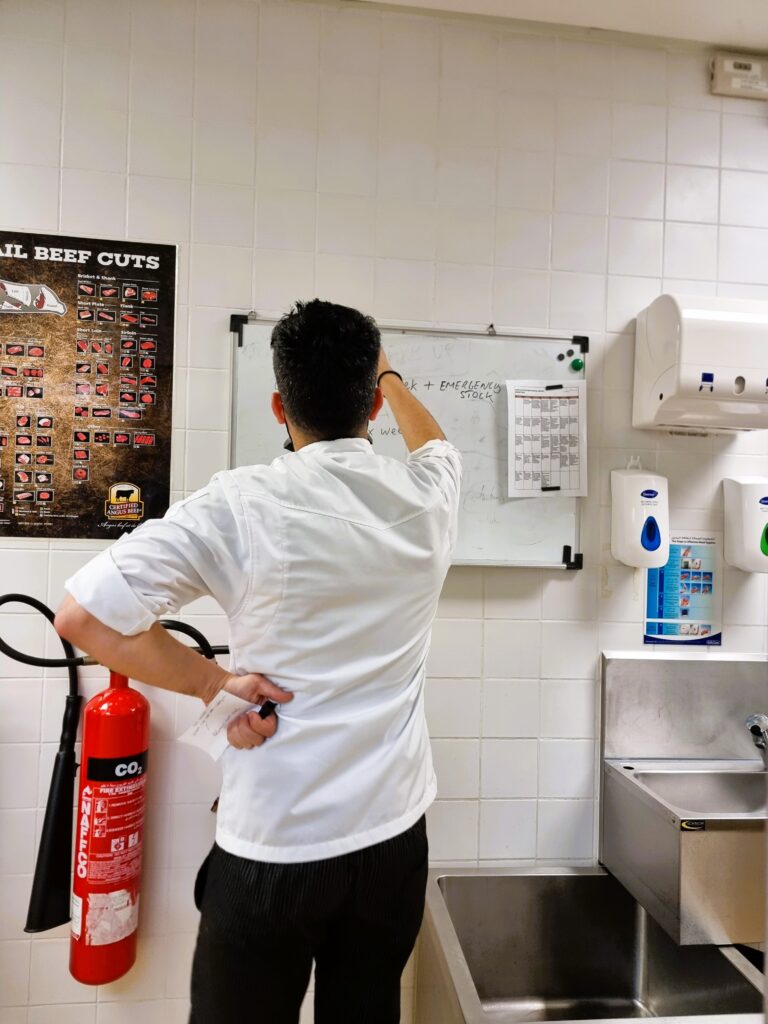
📋 ✅ Effective Kitchen Management
What It Is:
Organizing people, tasks, and resources for smooth kitchen operation.
Step 1: Organize Workstation & Inventory
What: Keep tools and ingredients orderly.
How: Use checklists and systems.
Grow: Work faster and reduce mistakes.
Step 2: Manage Time & Workflow
What: Plan prep and cooking to meet service deadlines.
How: Create schedules, prioritize tasks.
Grow: Improve multitasking and leadership.
Step 3: Lead and Communicate with Team
What: Give clear instructions, foster teamwork.
How: Practice feedback and listening.
Grow: Build respect and positivity.
Step 4: Handle Challenges Calmly
What: Solve delays, shortages, or other issues.
How: Stay flexible and focused under pressure.
Grow: Gain confidence and resilience.
Why It Matters:
Strong management drives quality, efficiency, and a happy team.

🥦 ✅ Proper Ingredient Handling
What It Is:
Choosing, storing, and prepping ingredients to keep freshness and flavor.
Step 1: Selecting Quality Ingredients
What: Recognize fresh produce and good cuts.
How: Learn from suppliers and inspect carefully.
Grow: Develop a trusted palate and supplier relationships.
Step 2: Proper Storage Techniques
What: Store items at correct temps and conditions.
How: Use refrigerators, freezers, dry storage correctly.
Grow: Reduce spoilage and waste.
Step 3: Preparation & Handling
What: Wash, peel, trim, and portion hygienically.
How: Follow safety rules and techniques.
Grow: Improve speed and accuracy.
Step 4: Waste Reduction & Sustainability
What: Use ingredients fully and recycle scraps.
How: Plan menus and portions carefully.
Grow: Become an eco-conscious chef.
Why It Matters:
Good ingredient handling enhances quality and saves money.
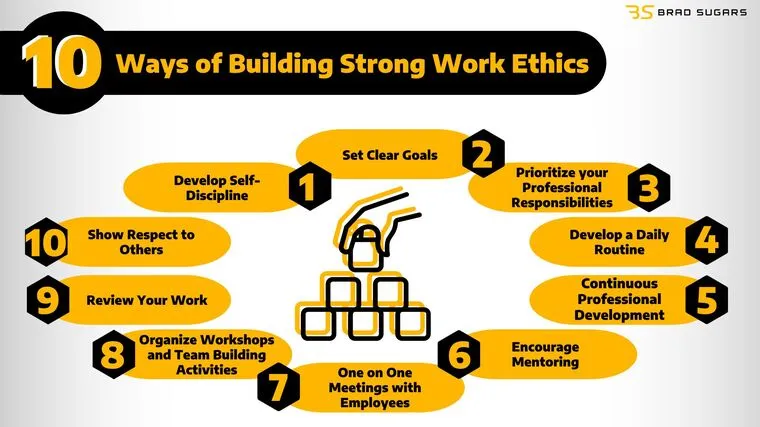
💼 ✅ Professional Discipline & Work Ethic
What It Is:
Mindset and behavior for being a reliable, respected chef.
Step 1: Punctuality & Responsibility
What: Arrive on time and complete tasks fully.
How: Set routines and stay organized.
Grow: Build trust and dependability.
Step 2: Teamwork & Respect
What: Collaborate and treat others kindly.
How: Communicate clearly and support colleagues.
Grow: Create a positive work culture.
Step 3: Resilience & Adaptability
What: Handle stress and changes calmly.
How: Practice mindfulness and problem-solving.
Grow: Maintain professionalism always.
Step 4: Continuous Learning & Passion
What: Stay curious and improve your craft.
How: Take courses, seek feedback, experiment.
Grow: Become a creative, evolving chef.
Why It Matters:
Discipline and attitude are the foundation of a successful culinary career.
🗓️ Health and Food Safety Meeting Calendar
